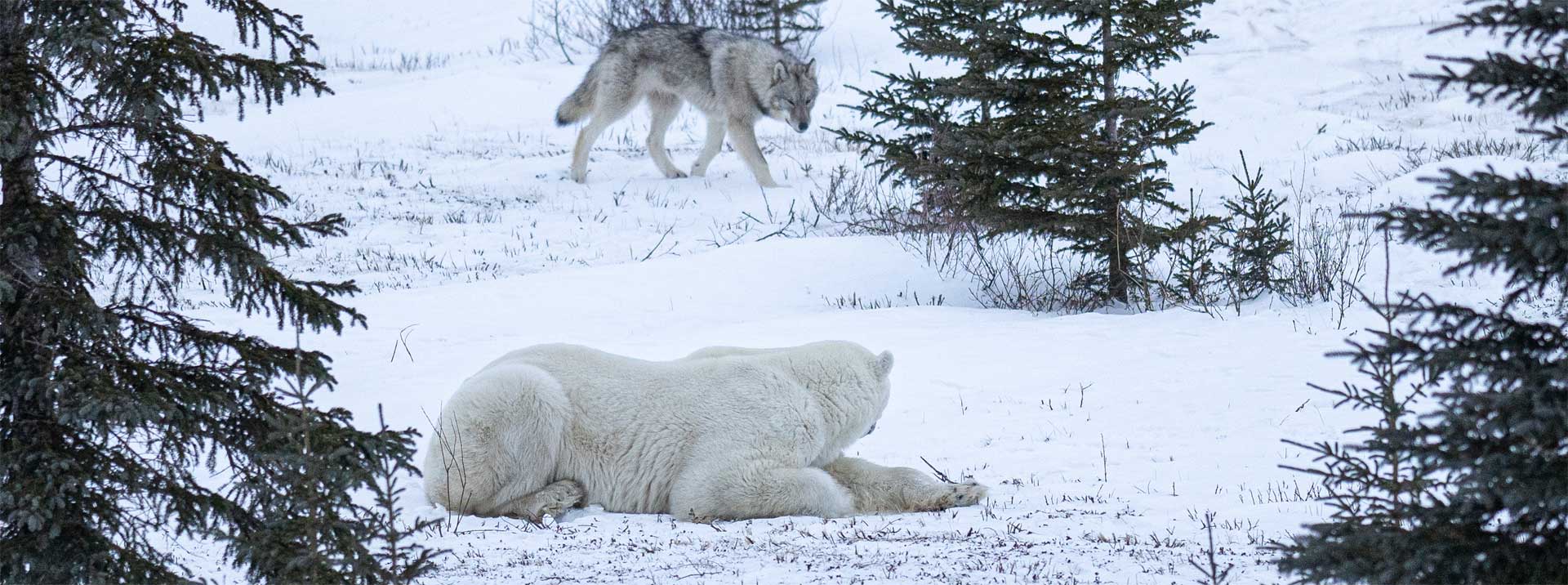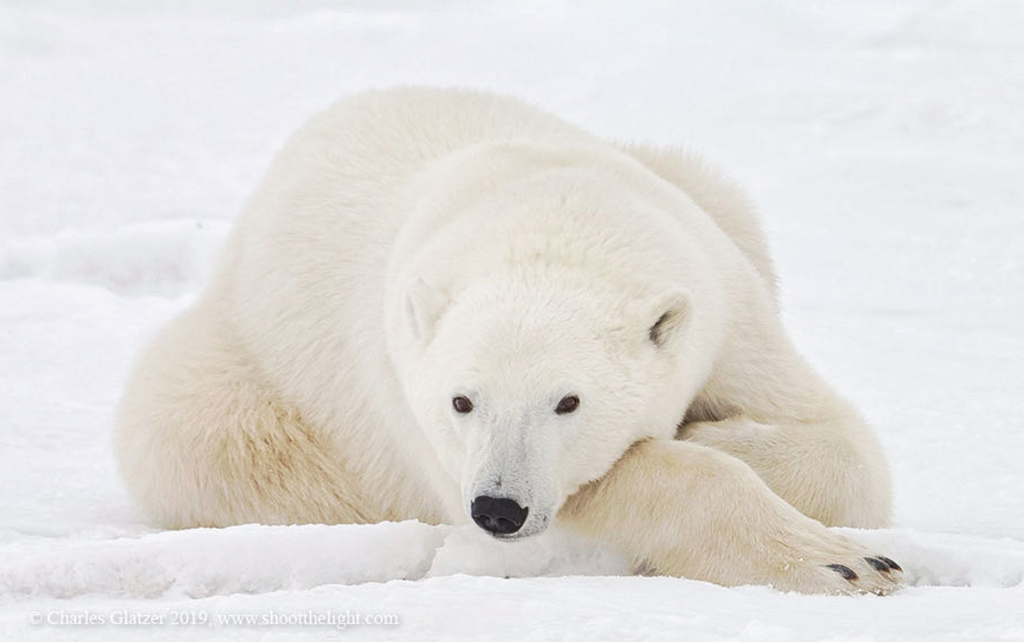
World Wildlife Day serves as a powerful reminder of the beauty and fragility of the natural world, and the critical role we play in safeguarding it for future generations. Charles Glatzer photo. Seal River Heritage Lodge.
The Significance of World Wildlife Day
Every year on March 3rd, we come together to celebrate United Nations World Wildlife Day, a day dedicated to raising awareness about the importance of wildlife conservation and the urgent need to protect our planet’s biodiversity.
This day serves as a powerful reminder of the beauty and fragility of the natural world, and the critical role we play in safeguarding it for future generations. From the majestic polar bears of the Arctic to the elusive wolves of North America, this day is an opportunity to celebrate the incredible diversity of life on earth and recommit ourselves to the important work of conservation.
World Wildlife Day recognizes the vital roles wildlife plays in sustaining ecosystems and supporting human needs like food, fuel, medicines, and more.
The theme for World Wildlife Day 2024 is “Connecting People and Planet: Exploring Digital Innovation in Wildlife Conservation,” emphasizing the importance of digital technologies in conservation efforts.
Organizations Supporting World Wildlife Day
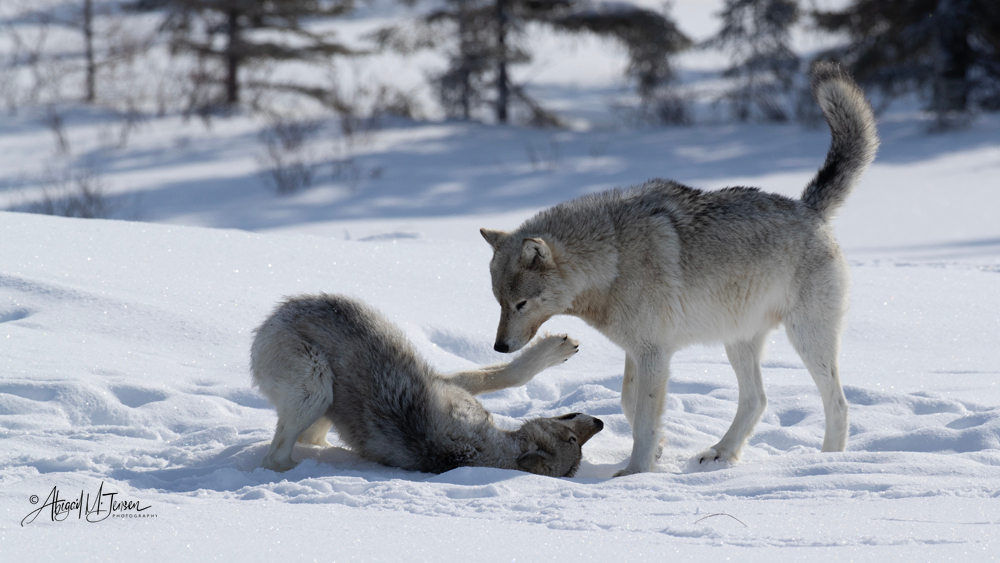
Let them play. Wolves at Nanuk Polar Bear Lodge. Abby Jensen photo.
- United Nations Development Programme (UNDP): Collaborating with the CITES Secretariat, UNDP is actively involved in promoting discussions on sustainable digital wildlife conservation.
- WILDLABS: This organization partners with CITES, UNDP, Jackson Wild, and the International Foundation for Animal Welfare to support vital discussions on wildlife conservation.
- Jackson Wild: Engaged in promoting discussions and initiatives for sustainable digital wildlife conservation.
- International Foundation for Animal Welfare: Actively participating in promoting discussions and initiatives for sustainable digital wildlife conservation in collaboration with various organizations.
The Plight of the Polar Bear and the Wolf: Symbols of the Urgent Need for Action
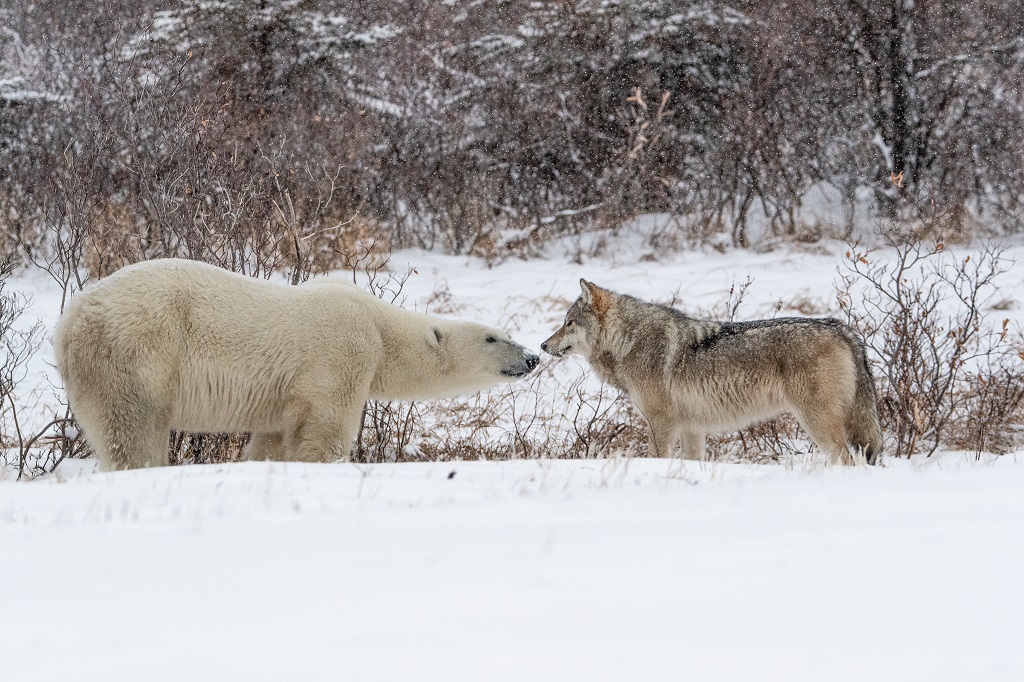
The polar bear and the wolf have become powerful symbols of the urgent need for action to protect our planet’s wildlife. Russell Millner photo. Nanuk Polar Bear Lodge.
Two of the most iconic and beloved species on earth, the polar bear and the wolf, have become powerful symbols of the urgent need for action to protect our planet’s wildlife.
Polar bears rely on sea ice to hunt for their primary prey and to travel long distances. However, as global temperatures continue to rise, the sea ice is melting earlier in the spring and forming later in the fall, leaving polar bears with less time to hunt and build up the fat reserves they need to survive the long Arctic winter.
Similarly, wolves, who once roamed across much of North America, have seen their populations decimated by hunting, trapping, and habitat loss. These highly intelligent and social animals play a crucial role in maintaining the balance of their ecosystems, by regulating the populations of their prey species and influencing the behavior and distribution of other predators and scavengers.
The Importance of Protecting Wildlife and Their Habitats

Worth protecting. George Turner photo. Nanuk Polar Bear Lodge.
Protecting wildlife and their habitats is not only important for the animals themselves, but also for the health and well-being of our planet as a whole. Healthy ecosystems provide us with clean air and water, regulate our climate, and support the production of food and other resources that we depend on for survival.
Moreover, protecting wildlife and their habitats can also provide significant economic and cultural benefits. Many Indigenous communities have lived in harmony with wildlife for thousands of years, and their traditional knowledge and practices are vital to the conservation of these species and their habitats. By working to conserve wildlife and their habitats, we can support these communities and their ways of life, while also creating jobs and promoting sustainable development.
How You Can Make a Difference
While the challenges facing wildlife may seem overwhelming, there are many ways that individuals can make a difference and support conservation efforts on United Nations World Wildlife Day and every day:
1. Learn about endangered species like polar bears and wolves, and the threats they face. Share this knowledge with others to raise awareness and inspire action.
2. Support conservation organizations through donations, volunteering, or advocacy work. Look for organizations that focus on protecting polar bears, wolves, and other threatened species and their habitats.
3. Make wildlife-friendly choices in your daily life, such as reducing your carbon footprint, avoiding products made from endangered species, and supporting sustainable agriculture and forestry practices.
4. Visit wildlife sanctuaries, national parks, and other protected areas to learn more about the incredible diversity of life on Earth and the importance of conservation. Many of these areas are home to polar bears, wolves, and other iconic species.
5. Participate in United Nations World Wildlife Day events and activities, such as art contests, social media campaigns, and educational workshops. Use these opportunities to raise awareness about the plight of polar bears, wolves, and other threatened species.

Every species plays a vital role in the health and well-being of our planet. Alex Devries photo. Nanuk Polar Bear Lodge.
United Nations World Wildlife Day is a celebration of the incredible diversity of life on Earth and a call to action to protect it for future generations. From the polar bears of the Arctic to the wolves of North America, every species plays a vital role in the health and well-being of our planet, and it is up to all of us to work together to ensure their survival.
By raising awareness, supporting conservation efforts, and making wildlife-friendly choices in our daily lives, we can all make a difference and help to create a world where humans and wildlife can coexist in harmony.
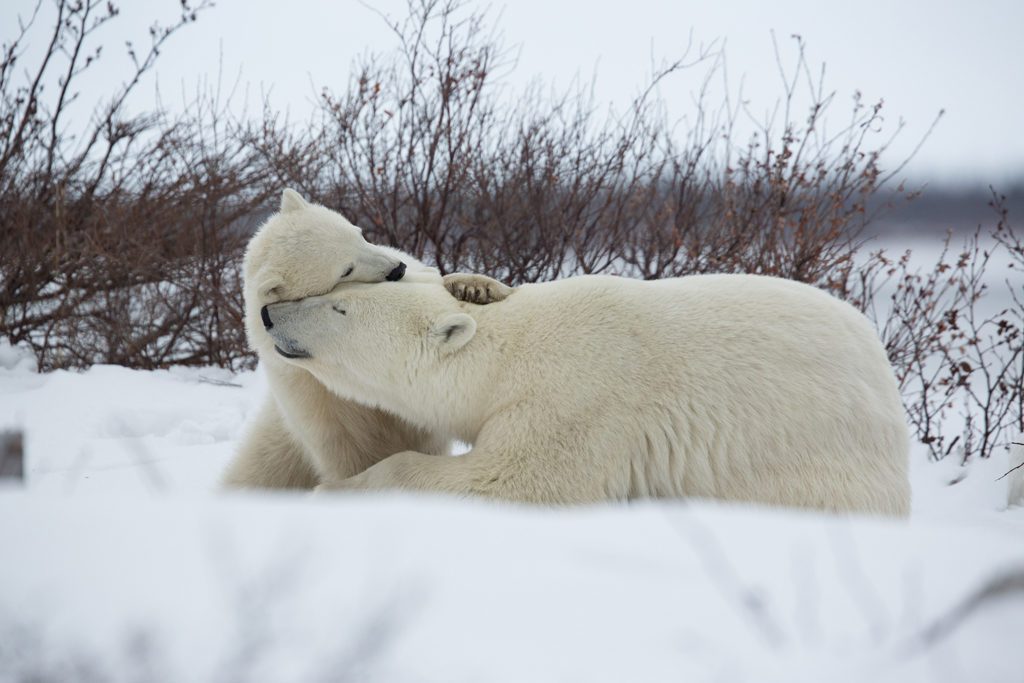
World Wildlife Day is a celebration of the incredible diversity of life on Earth and a call to action to protect it for future generations. Vikram Sahai photo. Nanuk Polar Bear Lodge.

